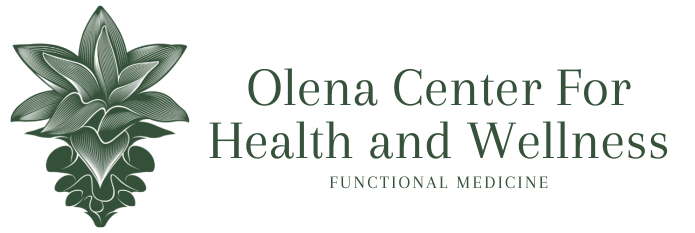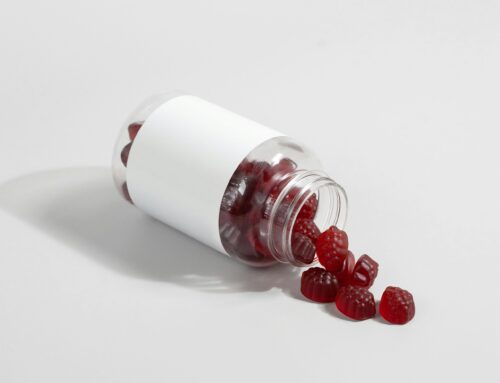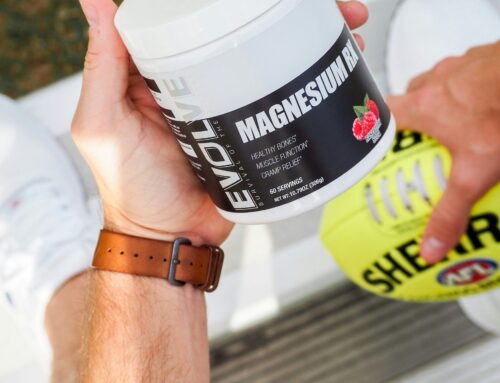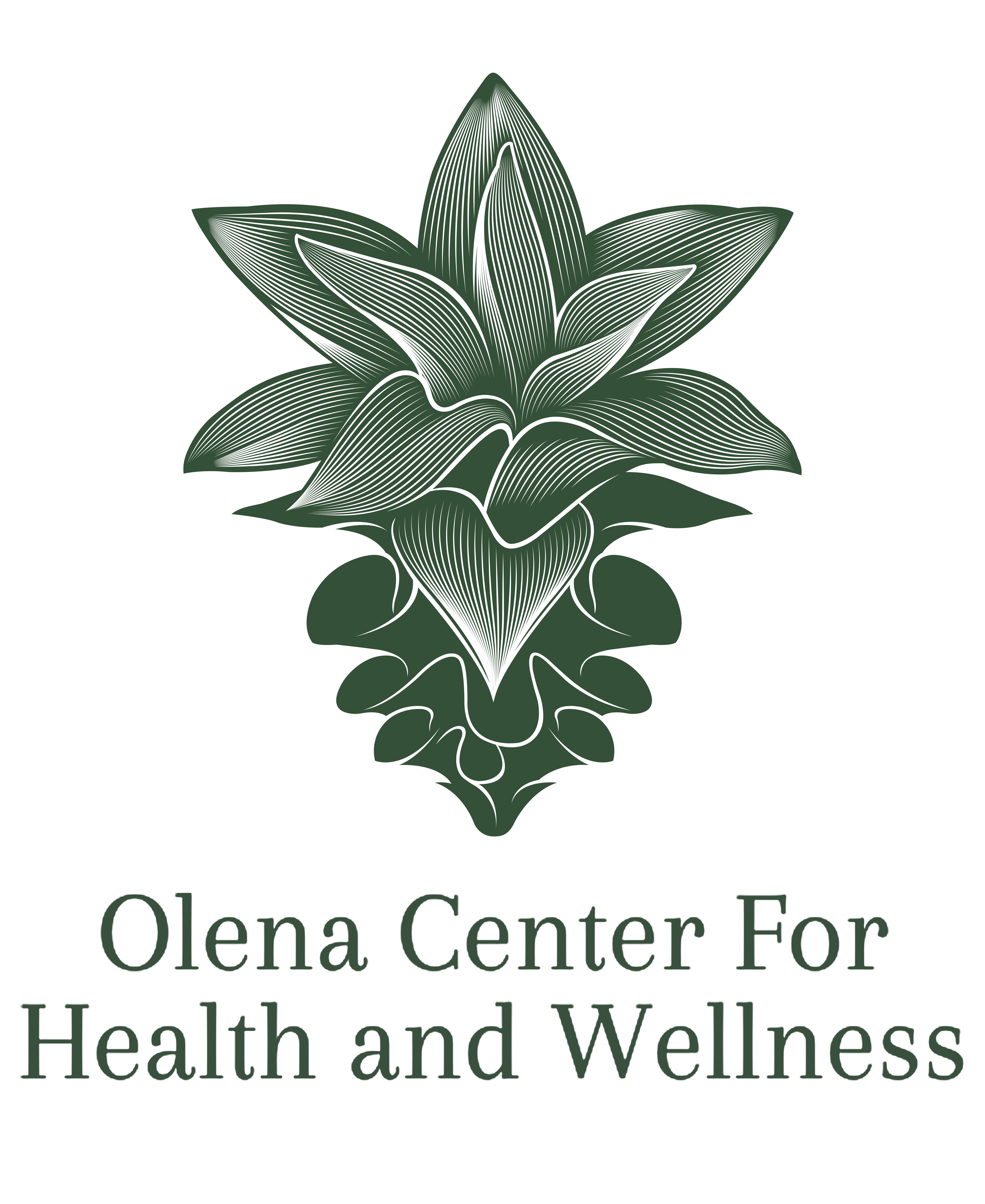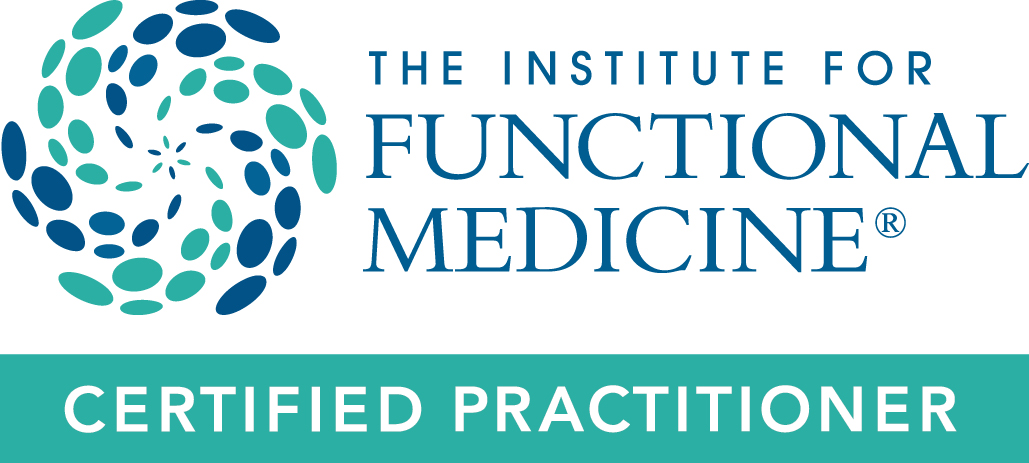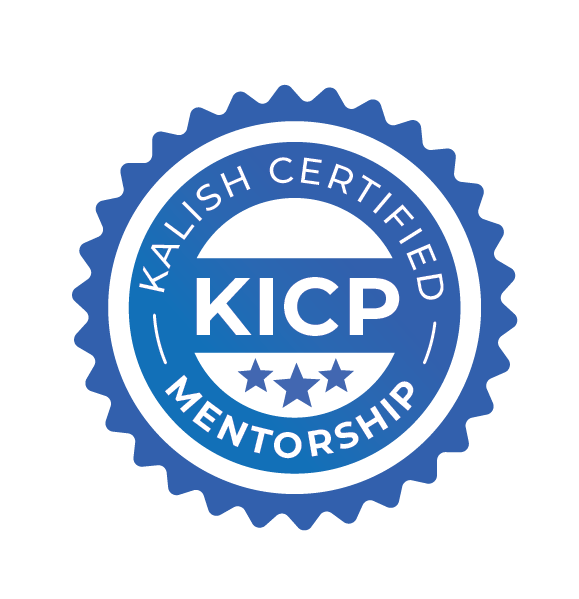If you scroll social media or the internet, you will find a myriad of detox diets, cleanses, miracle cures, and the like, all promising to get rid of toxins in your body to unlock a healthier you. But before you jump on the detox bandwagon, let’s wade through the murky waters of toxins and detoxification.
Toxins everywhere!
As we have evolved, humans have learned to manipulate our environment for the benefit of growing our species. With our creativity and ingenuity, we have produced mass amounts of food, created motorized vehicles, and sent humans into space. Unfortunately, this has had some untoward consequences.
- To provide enough food for this growing population, we have created mass agriculture and chemicals to prevent bugs and weeds from interfering with our crop growth. Unfortunately, what happens on the farms doesn’t stay on the farm. As consumers, we end up eating these chemicals, such as Round-Up.
- Industrialization came with modernization, but it also came with the utilization of more toxic substances and the production of more waste products — either of which can cause harm if they are not properly stored or disposed of. Remember Erin Brockovich, or more recently, Red Hill?
- Ironically, products created to make us beautiful may cause us to age and get sick! Some of you may be familiar with the white face makeup trend that was very popular during the Renaissance era. Much of that makeup was made with lead, which we now know causes lead toxicity. Unfortunately, it was used for centuries before its toxic effects were recognized. Today, we think it is preposterous even to consider putting lead on our faces, but back then, they didn’t know better. In 100 years, I am sure our descendants will be shocked at what we are slapping on ourselves today.
To give you an idea of the number of chemicals we are talking about, the Toxic Substances Control Act (TSCA) Inventory determined that 40,655 chemicals are in commercial use.
EPA Releases First Major Update to Chemicals List in 40 Years | US EPA
Also, to give you an idea of how widespread these chemicals are in humans, the EWG analyzed ten umbilical cord blood samples in 2005 and found an average of 200 toxins, including pesticides, flame retardants, and BPA! Eek!
Body Burden: The Pollution in Newborns | Environmental Working Group (ewg.org)
Now, I am not trying to scare you… Okay, that’s not true… I may be trying to scare you a little, but for good reason — I’m scared! Whether we are aware of it or not, our bodies must deal with any chemicals or toxins we eat, drink, inhale, or absorb. And as G.I. Joe used to say, knowing is half the battle!
Why aren’t these chemicals outlawed?
Without diving into any conspiracy theories, the problem with many of the chemicals we develop and use is that it is difficult to determine their long-term effects until many years later. Standard toxicity testing for new chemicals focuses on short-term effects. Long-term health risks are often not readily apparent in these tests and do not show up until many years later when the chemical is in use. In addition, it is difficult to identify the cause-and-effect relationship between chemical exposures and health outcomes; lots of research and monitoring is required, but another key to finding this link is time, and often, that time spans decades.
Case in point: Bisphenol A (BPA).
BPA was first created as a synthetic estrogen (yes, it was created as a hormone — go figure out why it causes issues). However, BPA was found to be weaker than natural estradiol, so it was abandoned as an estrogen drug. However, many years later, in the 1950s, scientists found that combining BPA with other chemicals creates a strong transparent plastic. It essentially revolutionized the use of plastics. At the time, no short-term health issues were noted. It wasn’t until the 1990s (almost 40 years later!) that research began to show that BPA was leaching into the foods it was packaging and that animals exposed to low doses of BPA had long-term effects. However, it wasn’t until 2012 (another 20 years later) that the FDA set regulations to prohibit the use of BPA in baby bottles and children’s cups. Despite mounting research on BPA’s endocrine-disrupting ability — because, again, it is a synthetic estrogen — there is still no FDA ban on all BPA usages.
What are these toxins?
As I said, more than 40,000 chemicals are in commercial use. It will take us a while to review each in detail, so we better get started…
Just kidding. I have a life.
But here are some more concerning environmental toxins and their potential health impacts.

If you want to learn more about specific chemicals or learn about all 40,000+ of them, check out:
https://www.cdc.gov/biomonitoring/environmental_chemicals.html
TSCA Chemical Substance Inventory | US EPA
Can our bodies naturally detoxify?
Yes! Our bodies are wonderfully adept at dealing with waste and toxins. In a well-working machine, not overburdened by chemicals, our liver, kidneys, gut, skin, and lungs process and remove the metabolic waste our body makes and chemicals we may encounter. We excrete these as poop, pee, and sweat.

If our machine is not working well (i.e., we are not pooping daily, we don’t drink enough water, or we have problems with our liver or kidneys), and/or we are overexposed to environmental chemicals and toxins, our organs can become overwhelmed. Along with the toxins, our metabolic waste products can start to accumulate and wreak havoc, leading to hormone imbalances, chronic health conditions (i.e., weight gain and diabetes), and may even contribute to cancer.

Good news! You can support your body’s natural detoxification processes!
Not to beat a dead horse (if you have read my other blogs), but healthy daily habits are essential to detoxification.
- Drink enough water! Help your kidney pee out the toxins! Aim for half your body weight in ounces of water (this assumes you have normal kidney and heart function).
- Eat a balanced diet — where have you heard that one?
- Focus on eating at least 4–6 servings of vegetables daily (1 serving = 1 cup of raw or ½ cup of cooked). Plants are rich in fiber and polyphenols (antioxidants), which help with detoxification.
- Eat cruciferous vegetables like broccoli, kale, Brussels sprouts, and cauliflower. These contain compounds that support detoxification.
- Eating lean protein- the amino acids from protein are also essential for detoxification.
3. Manage stress.
4. Prioritize sleep — aim for 7–8 hours of sleep. Remember, when you sleep, your brain flushes out its metabolic waste!
Other measures we want to focus on:
5. Gut health. Your gut health is vital in how your body handles toxins.
- Barrier function: Your gut lining acts as a barrier between your bloodstream and the contents of your intestines. A strong and intact lining helps prevent harmful toxins from leaking into the bloodstream.
- Gut microbiome. Did you know that certain gut bacteria can help break down and neutralize toxins? An imbalance in the gut bacteria with a decrease in these beneficial bacteria can impair your detoxification ability.
- Elimination. Your liver may process the toxins, but it needs your gut to poop them out! Constipation or sluggish digestion can cause these processed toxins to sit in the gut for too long, increasing the likelihood that these toxins will get reabsorbed! Yikes!
- How to improve your gut health. For more information, you can look at my other blogs on gut health, but in general, you can improve your gut health by:
- Eat a fiber-rich diet. Aim for 30–35 grams of fiber daily. Fiber will not only help with constipation, but it can also gently bind toxins. Who doesn’t like a two-fer?!
- Stick to whole foods — the closer they are to their natural form, the better!
- Stay hydrated. Your colon’s main job is to reabsorb water from your food. The more dehydrated you are, the more water your colon will reabsorb, worsening constipation.
6. Reduce exposure.
a. Water Filtration: I generally recommend water filtration to remove contaminants. In Hawai’i, we rely on groundwater, which has the potential to be contaminated by sewage leaks, agricultural runoff, industrial leaks/spills (Red Hill), or natural contaminations.
- There are a few different ways to filter your water.

- To learn more: Water Filters | EWG’s Healthy Living: Home Guide
- My favorite filtration devices: *I have no financial interest in any of those listed
- Grayl. I recently found this and love it! Unlike other travel filter bottles that require you to suck a filter straw to get clean water, this one has a unique filtration system that creates filter water you can pour. The only downside is that it does require a little pushing to get the water through the filter, so it’s not ideal for little kids or Kupuna.
- Larq. I like their travel water bottle (although it’s a filter straw) because it is light and can clip onto your bag. I also really like their water pitcher, which incorporates filtration with UV light to reduce bacterial contamination.
- Whole Home filtration. We incorporated a softener and filtration to prevent mineral buildup in the pipes. Two-fer!
- SpringAqua. It is pricey, but it not only filters the water but also adds back electrolytes and hydrogen for amazing-tasting water.
- Don’t forget — drink that beautifully filtered water in BPA-free containers, such as glass or stainless steel.
- Not sure if your water is contaminated? There are a few ways you can check:
- Check out the rating of your water here: EWG Tap Water Database
- Home kits water kit tests: Safe Home is an example on Amazon.
- Call a plumbing company that installs home filtration systems. They can test your water for some contaminants.
b. Food Choices:
- Depending on your budget, opt for organic and local produce when possible. If you cannot buy mostly organic, focus on the “dirty dozen,” the top 12 produce items with the most pesticides.
- Strawberries
- Spinach
- Kale, collard, and mustard greens
- Grapes
- Peaches
- Pears
- Nectarines
- Apples
- Bell and hot peppers
- Cherries
- Blueberries
- Green Beans
- For a complete list: EWG’s 2024 Shopper’s Guide to Pesticides in Produce | Full List
- Limit alcohol. If you are trying to detoxify, why add more work for your liver?
c. Safer Products: Choose clean cosmetics and household cleaners.
- Consider natural alternatives to cleaning products. My personal favorites are baking soda, vinegar, and lemons. It’s incredible what those ingredients will get rid of!
- My current favorite non-toxic brands:
- Home cleaning: Attitude (Amazon); 9 (Target); EverSpring (Target); Mrs Meyers (Target)
- Hair care: Rahua, mykitsch, Alchemist, Clean Kids (for little kid shampoos)
- Makeup: Ilia, Beauty counter
- Face creams: Biossance, Goop.
- Pots/Pans: GreenPan, Ourplace
- Target and Sephora have “clean” filters to help find better options.
- EWG Skin Deep® Cosmetics Database
- The Clean Beauty Project
7. Sweat it out! Sweating is one of the ways the body can eliminate waste.
- Exercise is a great way to build up a nice sweat. Even better, exercise outdoors. We are lucky to live in Hawai’I — we have FREE heat access to generate an even better sweat with exercise!
- Saunas. Saunas can help detoxify the body as well!
What if it’s still not enough?
Sometimes, even with doing everything right, we still have issues with a heavy toxin burden. Here’s where further detoxification support can be helpful.
Detoxification is not a one-size-fits-all deal. You are unique! There are different ways to support detoxification, and I recommend speaking to your healthcare provider to help you find the best protocol for you and your condition. In addition, please be especially mindful of the following:
- If you have any chronic health conditions, please speak with your provider. Some of the supplements used in detoxification may be contraindicated or may interact with your medications.
- Supplements are not FDA-regulated. You want to use a trusted brand.
- Unrealistic claims. While detoxification may help with weight loss, metabolic health, and hormonal health, it is not a panacea.
Wrapping it up:
Toxins are everywhere, but our bodies are AMAZING machines! Overall, focus on health. These practices are not quick fixes but rather sustainable habits that contribute to overall health and well-being.
- Individual needs: What works for one person may not work for another. Listen to your body and adjust as needed.
- Consult a healthcare professional: If you have concerns about toxins or need help creating a personalized plan, talk to your healthcare provider.
For more useful information on functional holistic health, you can visit our FREE video library here.
About the Author:
Dr. Eri Shimizu is a board certified in Internal Medicine Doctor and certified through the Institutes of Functional Medicine. She earned a Bachelor of Science in Environmental Bioengineering from the University of Hawaii at Manoa and graduated summa cum laude from Creighton University Medical School. She completed her Internal Medicine residency at UCLA and worked at a Los Angeles county hospital. In 2012, she returned to Hawaii and served as a Hospitalist at Maui Memorial Medical Center. Maui is now home with her husband, two children, and a fighting fish named Rainbow.
Schedule a FREE Functional Medicine Health Consult with Dr. Eri.
